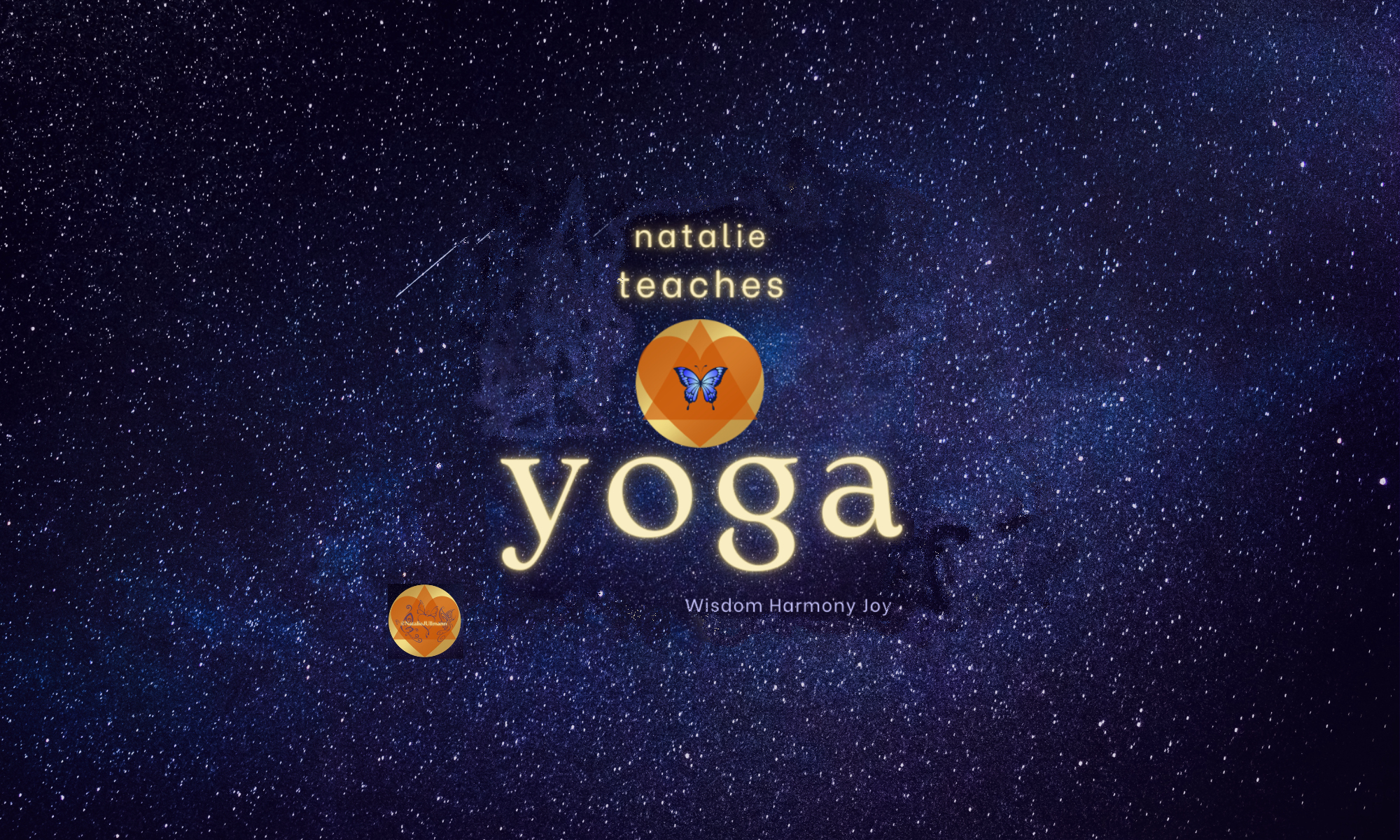I once dated a gentleman who was a practicing Hindu. I was new to yoga, and was not yet deeply familiar with the many Gods and Goddesses, their forms and their qualities. I was kindly disposed in that direction and had some exposure to the religion. His deep swim into the ocean of that exotic and alluring landscape intrigued me. At that time, it was still common, at least in New York City, to see representations of the Gods and Goddesses adorning the studios. Often, there was no indication who they were or what it all meant. Some of them had many arms and carried objects I was unfamiliar with. They seemed to be similar to one another and different at the same time. I felt I was supposed to understand, and I didn’t. So one day I asked him. How many arms do they have? He turned and looked at me like I saw daft and responded, very seriously, “As many as they need.” I didn’t understand and he explained that they were Gods/Goddesses and so they were infinite and so they weren’t limited by a particular form, they could just manifest as many arms as they needed. It remained a mystery until a yoga friend of mine had a child. her husband turned to me one day and said, “Now I understand why the Goddesses have so many arms”. A kind reference to the many roles his wife was now tending to, simultaneously. We all do this in our own way, mothers or not. It’s not surprising that yoga and Hinduism emerged from the same landscape. Just as the Hindu deities appear centered as their many arms swirl around them, yoga practices nurture our ability to stay in our center while reaching in multiple directions to tend to the requirements of a various roles.
It begins with the right and the left. It’s more common these days for a yoga teacher to create a sequence to mix the movements of the right and left side. If you’ve taken such a class you know that the brain skips a beat and you may feel the beneficial effects of being jarred out of the routine flow of thoughts that we each carry around inside of us. No matter how complex or simple the routine, the bottom line is that every yoga practice is done equally on both sides.
Most of the traditional healing arts observe a roadmap of the human anatomy. Yoga is no different. In the simplest of terms you have three primary channels which are very important. We all have a left side channel (the ida) which nurtures the various flavors of interior experience: depression, intuition, sleep, coolness, lunar, yin, the spiritual and the feminine. We all have a right side channel (the pingala) which is associated with various flavors of external states: anger, action, heat, solar, yang, the physical and the masculine. When these two side channels are balanced, the energy is drawn into the neutral third channel which is called the sushumna. When the energy is elevated in this subtle central channel we are transformed spiritually. This is the most fundamental teaching of yoga. Our practice will progress smoothly and harmoniously when we are perfectly balanced right and left, materially and spiritually, neither directing our anger outward or inward but finding resolution, when we nurture both our masculine and feminine qualities in equal measure.
Many times we are tempted in our practice to charge it up in whatever way we can, and then relax. This is great fun to do! But when we are looking towards a long term shift in our quality of life, the practice unfolds with more value when we approach it with an intention towards a state of balance. It can actually be one of the biggest challenges to determine the right amount of effort in a given posture. It requires attention and, consistency can be really helpful in this way. A daily practice helps us to observe what happens in the body as a result of what we have done, and provides the information with which we can identify what we need to tweak to obtain and optimal result. The optimal result being a healthy body which feels resilient and strong and an awake clear mind, unfettered by emotional or mental afflictions. We then dwell a state of balance in the body and the mind, centered on a very deep level.
So, what can we learn from those many armed Goddesses? That being centered is not about pushing away the world. It’s about extending ourselves out into the world. We don’t move our center towards that friend in need, we stay in our center and extend our hand, our good will, our strength. When we extend we share as opposed to giving ourselves over to. It’s subtle, but then some of the most powerful techniques from the yoga practice are saturated with subtlety. In fluctuation subtlety is lost. In balance, subtlety is visible.
So what do we do to stay in balance? We observe. We notice. We stay still a moment before charging forward. We honor process as much as destination. We trust that if we attend to what is here in the moment, that the path with unfold with it’s own wisdom.

